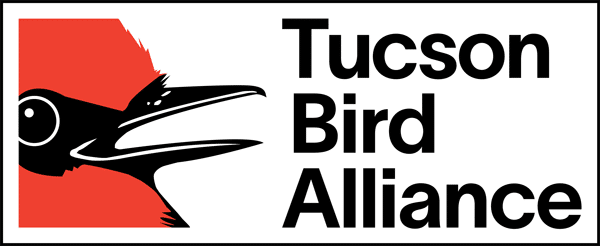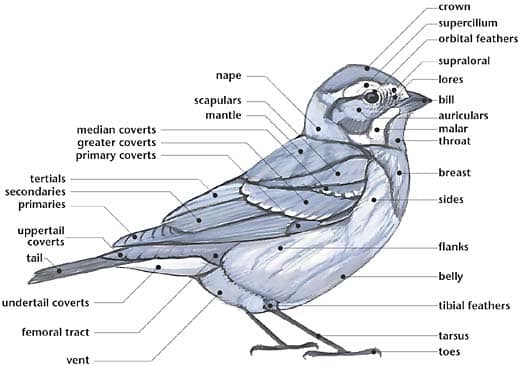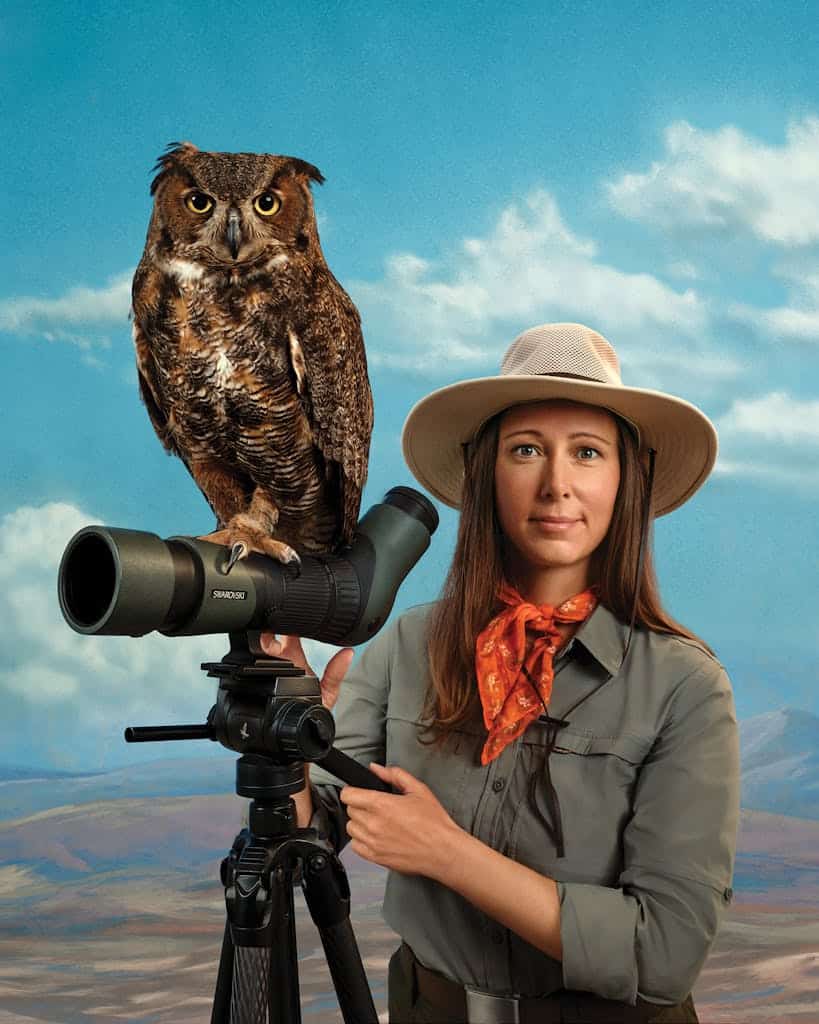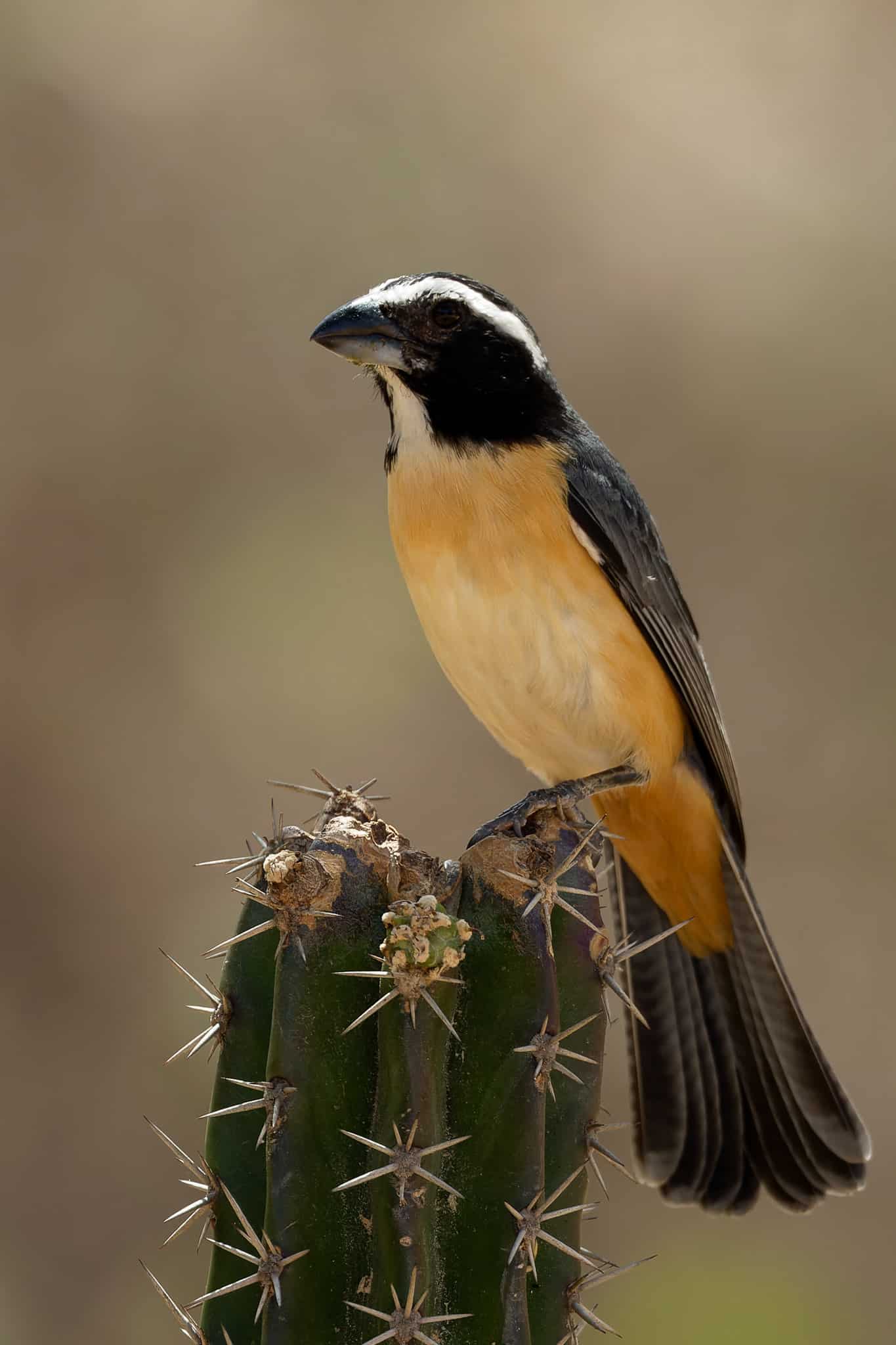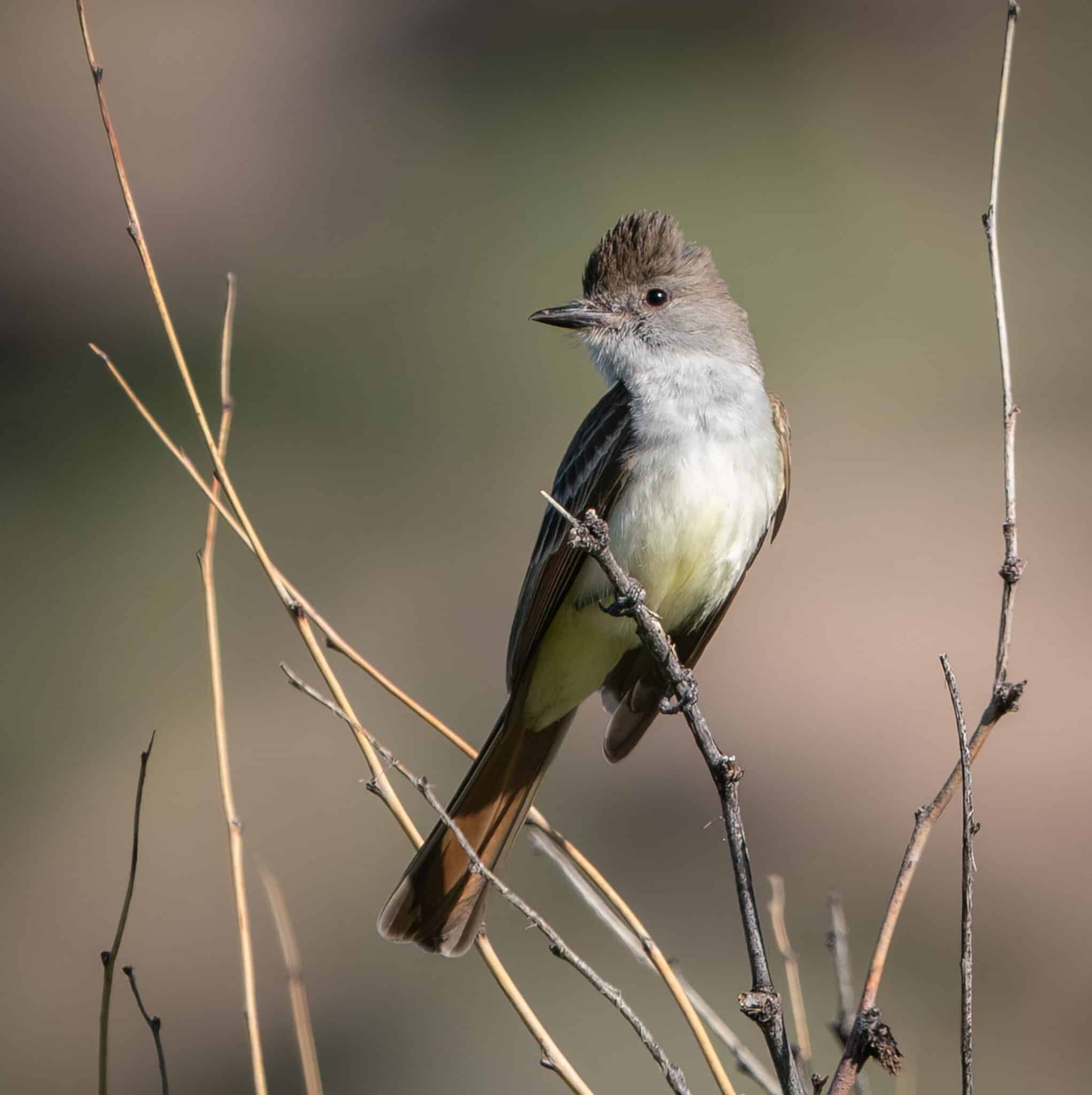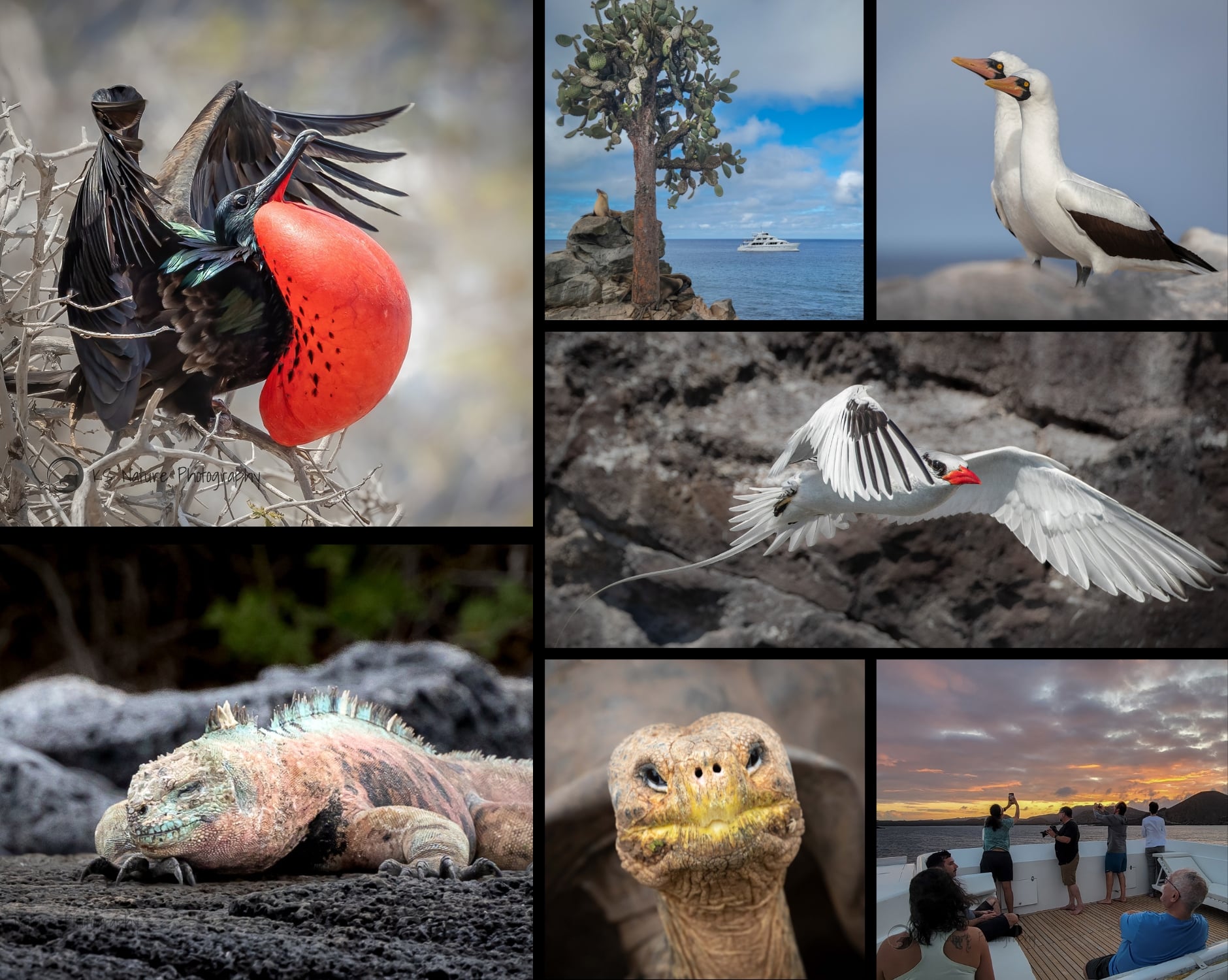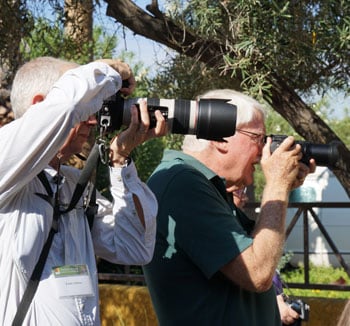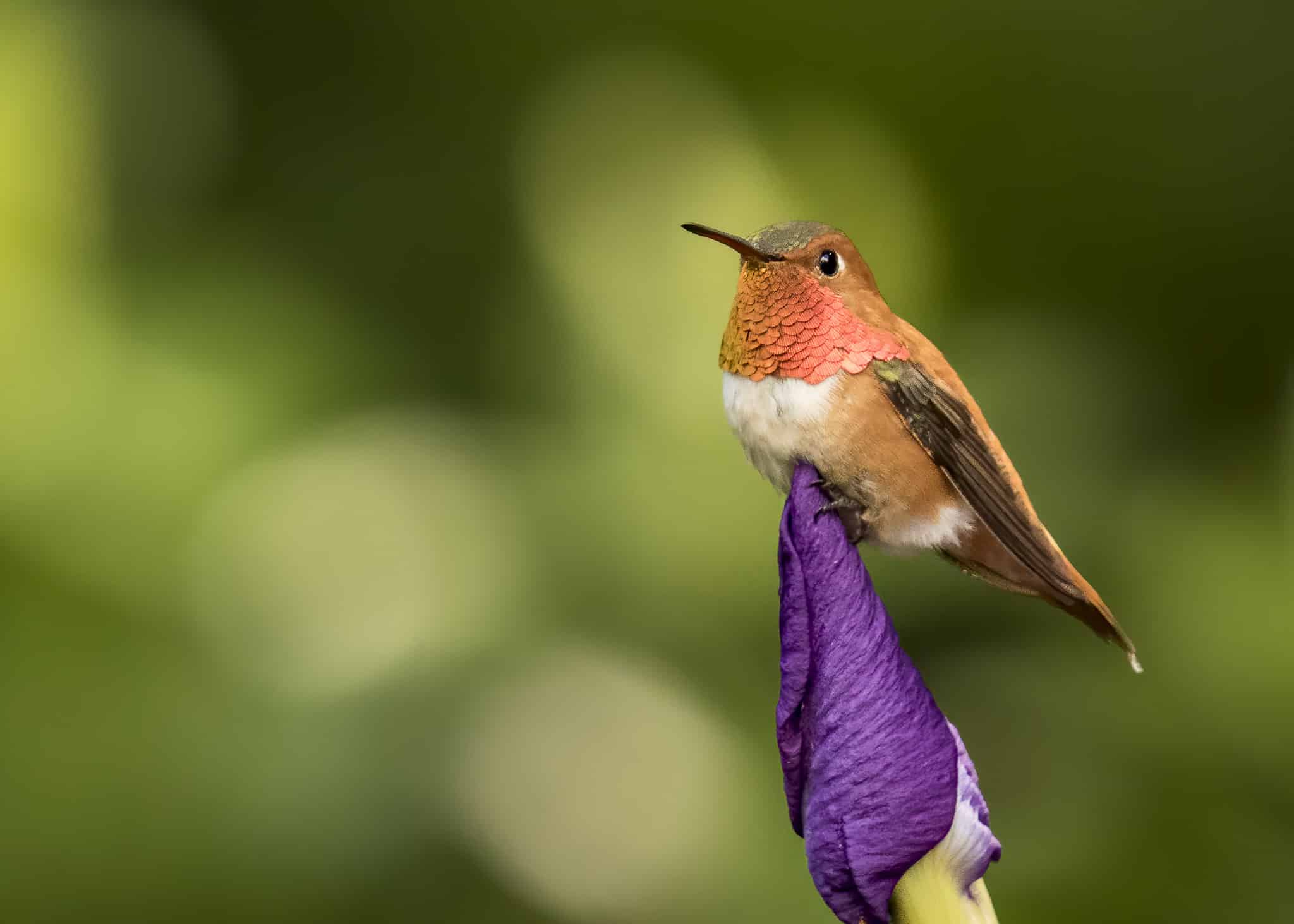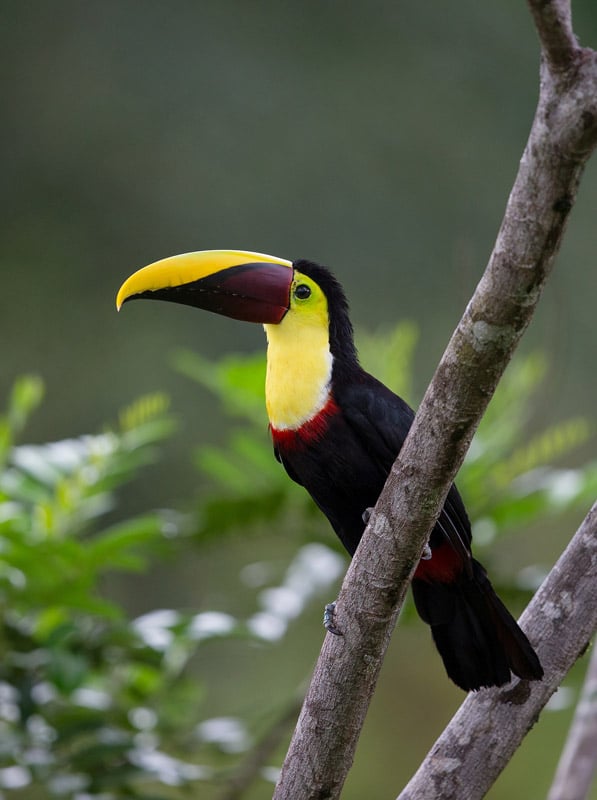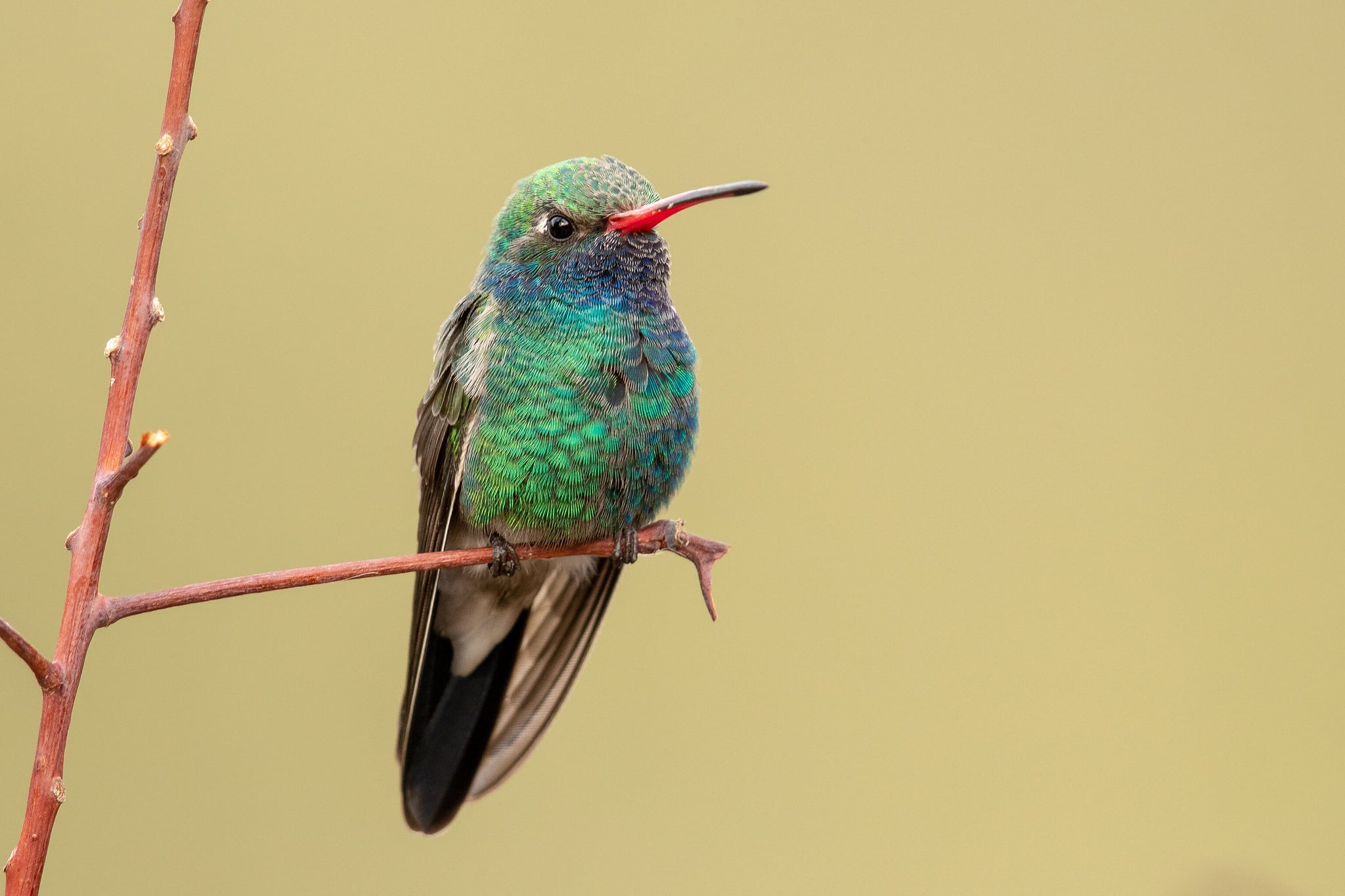This is a closer look at a rather random alphabet of bird body parts—some exterior and some interior, including a discussion of feathers—their types, function and structures. Parts of the class will help you with bird identification, but the entire class should give you a new appreciation of multiple miracles and amazing adaptations that make up a bird. (Limit of 100)
Bird Art Basics with Christina Baal hosted at The Drawing Studio
Have you ever wanted to draw birds, but found it difficult to know how to start? Or maybe you already love drawing birds, but want to learn some new tips and tricks to enhance your practice? This bird drawing workshop is designed to break through the trepidation of the “white page” and get you drawing birds right away. We will learn simple but effective techniques to improve drawing and observation skills that can be easily practiced even alongside hectic daily schedules. Most importantly, this workshop is designed to convince you that drawing is fun and can be a practice to look forward to in order to improve your skills as an artist AND as a birder. While this workshop is geared toward beginners, all skill levels are welcome! Basic art materials will be provided, but you are welcome to bring your own favorites. Hosted at The Drawing Studio, 2760 N Tucson Blvd. Limited to 12 participants.
Birdie Big Year: Elevating Women Birders with Tiffany Kersten
Tiffany Kersten didn’t set out to do a Big Year, but after a series of unanticipated and serendipitous events, she suddenly found herself amidst one. As a sexual assault survivor, she spent 2021 traveling to all corners of the country, tallying birds and gifting personal safety alarms to women she met along the way. Her goal was to see 700 species, and to raise awareness of women’s safety in the outdoors. She ended up surpassing her goal and setting a new record, with 726 species. In her presentation, Tiffany will lead us through the fear, empowerment, struggles, and healing that all played vital roles in the personal growth she experienced on this wild adventure. (Limit of 100)
Colombia: Where Every Trail Leads to a ‘Lifer’ with Giovani Ortiz of Icaro Birding Tours
Let’s venture into cloud and tropical forests, jungles, and mountain peaks in search of some of the most iconic birds on planet earth. Whether you’re a seasoned birder or just catching the bug, Colombia will deliver wild encounters, epic scenery, and lifers around every bend. (Limit of 60)
Orinocan Saltator by Toby Ross
The Geometry of Birding with Peg Abbott of Naturalist Journeys
If birding is your lifelong passion, you know that it grows with a stairstep progression of acquired skills. Sometimes you level out in ability and get frustrated. Peg Abbott of Naturalist Journeys presents a skill session aimed to help you with a new perspective. Within each bird there is a ruler or other tools related to shape that can help you unlock its ID. Learn how the basics of geometry – points, lines, angles, and planes – come together to create shapes. And that comparing the relative proportions of these shapes within a single bird, or between birds in a group or flock, can help you gain that next level to empower your birding passion to grow. This session will be fun, with a detailed handout. (Limit of 100)
Ash-throated Flycatcher by Shawn Cooper
A Photographic Journey around Ecuador and Galápagos Islands with Krisztina Scheeff of KS Nature Photography
From mainland Ecuador birding to the Galápagos Islands, this amazing country offers incredible opportunities for natural encounters, whether you are a photographer or not. Through the lens and stories of award-winning photographer Krisztina Scheeff, embark on an up-close view of the “enchanted islands.” Traveling aboard the Tip Top V catamaran, explore a dozen of the archipelago’s islands and islets. Krisztina shares how she “woke up every morning to a brand new island and smiled. There were Booby traffic jams, Galapagos Turtles swimming by as we snorkeled, land iguanas as far as you can see, cute sea lions and more sea lions, more birds.” She will also share why Ecuador is such an amazing birding spot for birders and photographers,Join us for a session of photos, videos, stories and more. (Limit of 60)
Getting the Most Out of Your Photography with Ben Knoot
While in the field, we all aim and hope to get the best image we can, but sometimes, based on the light, an ill-placed branch or any other number of distracting elements, you just don’t get the exact shot you had envisioned. This is when most people decide to either not edit those images, trash them or worse, think there is absolutely no hope and not even download them. In this 30-min class, Ben Knoot, owner and guide of Experience Nature Tours and photographer for over 20-years will show you not only how to save a image but to create a visually pleasing photograph from an image you may have considered lost. Whether you are looking to step up your editing game or learn how to save an image, join us and take our photography to the next level.
Presence & Wonder in Nature with Susan Preston
Have you ever had your entire being infused with awe by the sudden appearance of a sunset while cresting a hill or rounding a corner? Do you recall a time when the ancient cries of a flock of cranes thrummed the threads of kinship and belonging deep in your marrow–just hearing their trumpeting thirty thousand feet skyward beckoned your deepest longings to be sung out loud? I refer to these breathtaking experiences as thresholds of wonder, when Mother Earth reminds us through taking us out of our twisted trances and carrying us home to this remarkable, tumbling moment called life!
The earth around us (and within us) is constantly calling, always beckoning for the gifts of our attention. When we hear her songs and choose to accept even the smallest invitation, something shifts. The gateways to our senses open us up to be touched by the light, the songs, the play of light on the leaves, and the flit of feathers. This to, is life, which is the force of love.
Many of us feel disconnected from that force. Disconnected from the outer landscape, from one another, and perhaps lost in the landscape of our own hearts. (Especially, perhaps, for those who have dedicated their life work to nurturing and defending wildlife).
Photographic artist and author Susan J. Preston begins her presentation on wonder, presence, and belonging with a simple question: How’s your heart? Whether your heart feels like a hummingbird slurping up the grace of an abundant summer or it’s roaming endlessly through the desert chasing a checked box, a cigarette, or a PFAS-free bottle of water, you just might find some glimmers of authentic hope speaking through the gifts of the sandhill cranes, geese, and the enchanting landscapes found in Susan’s fine art first edition book, BOSQUE, Winter Wings. Please join Susan in asking wholehearted questions about what practicing being present with nature is, while considering the healing gifts we give to the world when we simply and reverently pay attention. (Limit of 60)
Rufous Hummingbird by Mick Thompson
Costa Rica with Jehudy Carballo sponsored by Sabrewing Nature Tours
Join Jehudy Carballo as he discusses all of the aspects that make Costa Rica such an incredible location for traveling birders. He’ll discuss lodges, logistics, and, of course, the incredible birds that you can see on a trip to Costa Rica. From Caño Negro in the north to San Vito in the south, Jehudy will show you many of the can’t miss birding spots in this amazing birding destination. Don’t miss this chance to learn all about traveling in Costa Rica. (Limit of 60)
Photography: Action and Interaction with Jeffry Scott
Join photographer Jeffry Scott as he shares tips and tricks to moving beyond photographing birds on a stick to birds in action. Knowledge and understanding of your subject is key to anticipating and reacting to bird behaviors, optimizing photographic opportunities. (Limit of 100)
Broad-billed Hummingbird by Mick Thompson
